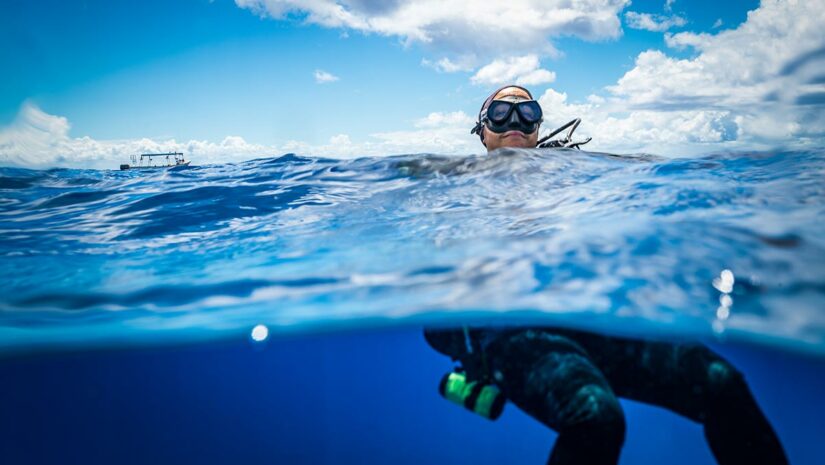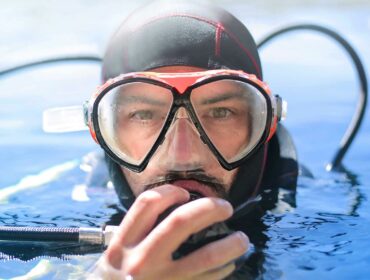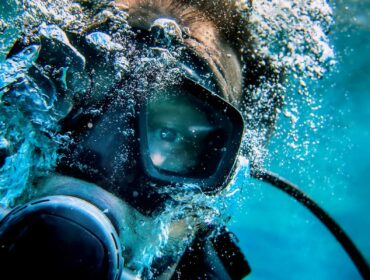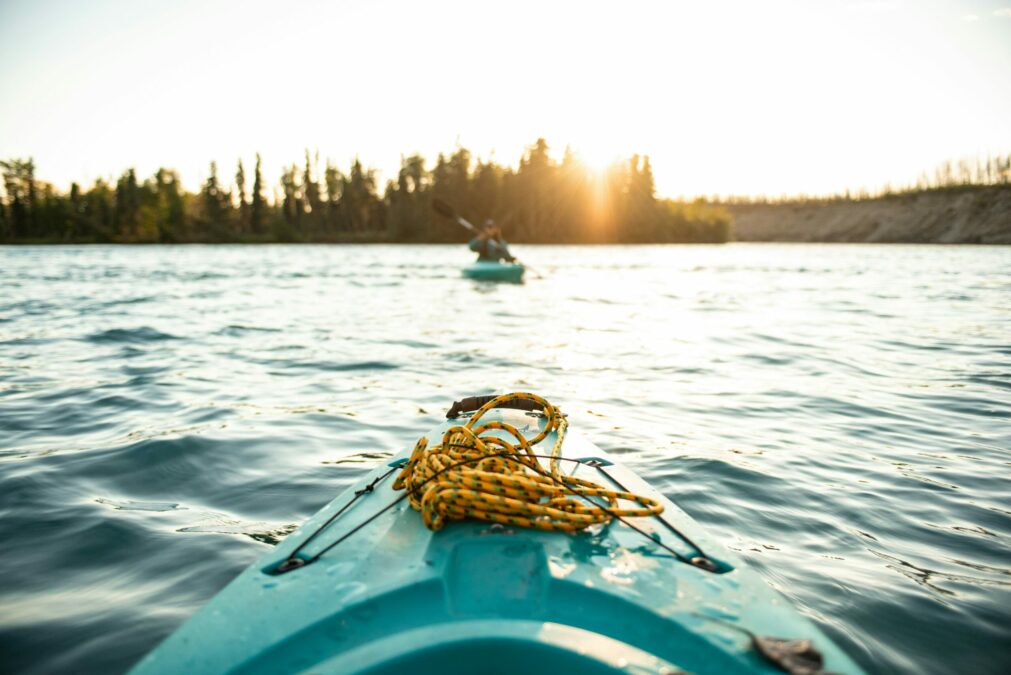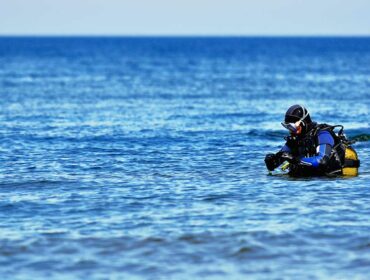Even if you consider yourself a fit person, almost every Scuba Diver has experienced cramping of their hamstring, calf muscles, or quadriceps or in the arc of your foot while Scuba diving at some point or the other. When a muscle cramp hits you underwater, it can often be an agonizing experience. These muscle cramps caused by exercise fatigue when muscle fibers interlink and is known as EAMC or Exercise Associated Muscle Cramping.
EAMC occurs more commonly with divers in the four muscle groups mentioned above namely the calves, hamstring, quadriceps or thighs, mainly due to the finning action causing muscle fatigue in the legs triggering the muscles to spasm. Cramping does affect those who have taken a long break from regular Scuba Diving more than those who have been diving regularly and exercising the specific muscle groups that cramp.
Divers are often told to eat a banana and drink plenty of fluids before a dive to raise potassium and hydrate to prevent cramping. This however has been scientifically proven to be incorrect, and the interlinkage between dehydration and muscle cramping does not exist.
EAMC can be prevented by maintaining proper physical fitness, exercising regularly, especially the muscle groups involved in Scuba Diving. Getting some pool hours for practicing swimming with your fins for a couple of hours each day leading up to your diving trip can help get your muscles used to the finning action. Well-conditioned, flexible muscles are less likely to cramp during exercise than poorly-conditioned, inflexible ones. We often don’t realize it but when we dive we are using our leg muscles for an hour continuously in a manner our muscles are not accustomed to being used. Stretching before and after a dive is also a good way to prevent EAMC for Scuba Divers. Also check your fins whether your toes are curling due to a lose pair, or if the blades are too stiff causing undue stress on your feet.
Despite all your precautions should you still get a muscle cramp underwater, you should immediately stretch the affected muscle, and not relax it despite the natural instinct to do so. You want to tense the muscle and reduce the twisting of muscle fibers by stretching the muscle and giving it less slack. Relaxing a cramping muscle will only increase the cramping and pain. If your calf muscle is cramping, firstly signal your buddy letting him know that you’re not okay, then grab the front tip of your fin pulling towards you to tighten your calf. You can gently massage the affected area which will only help with the pain, but not with the cramping. Make sure you continue stretching that muscle even after the cramping has subsided. If the EAMC re-occurs then you should take the sign that your muscles are over fatigued and end your dive. Ignoring cramps is simply an irresponsible thing to do while underwater, and can put you and your buddy at unnecessary risk.
Maintain a fit, active lifestyle ensuring you condition yourself in a swimming pool before diving, and perform the necessary stretching before diving, and you should have an EAMC free dive.

